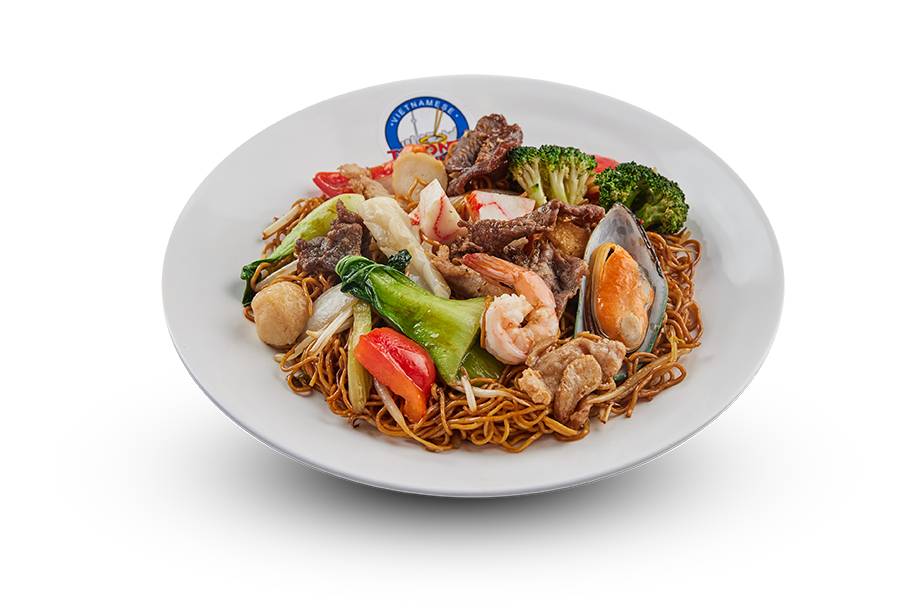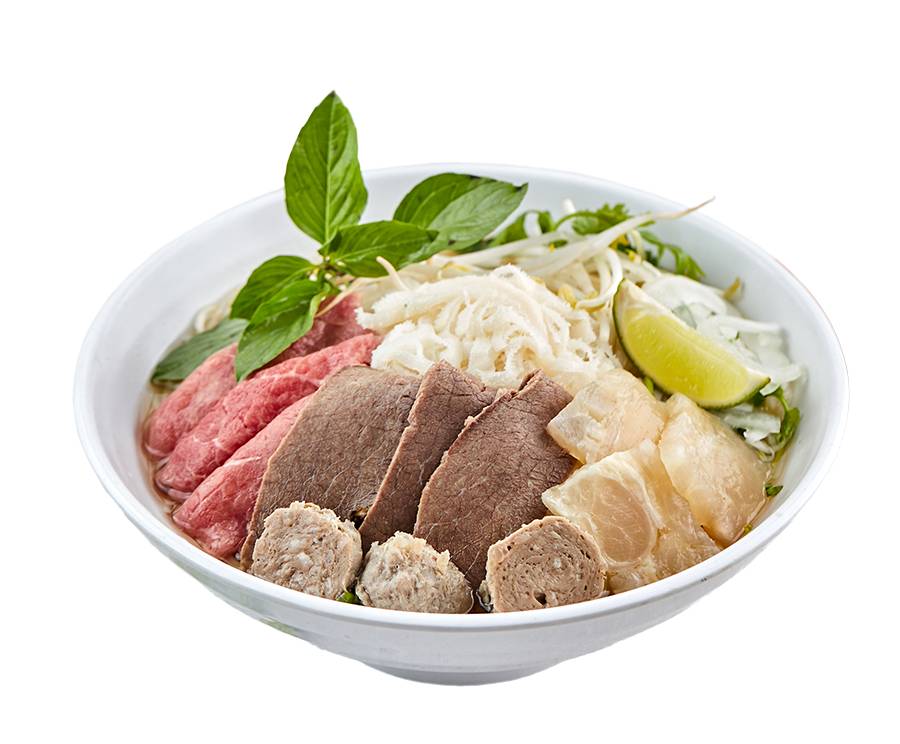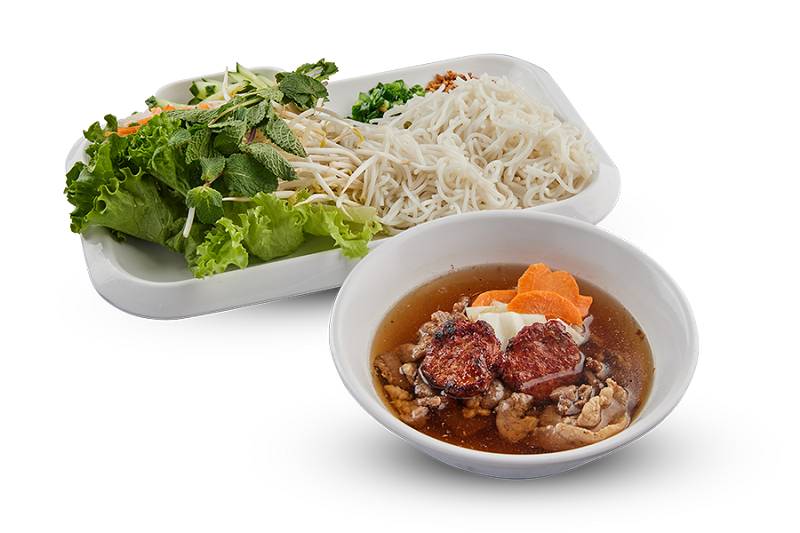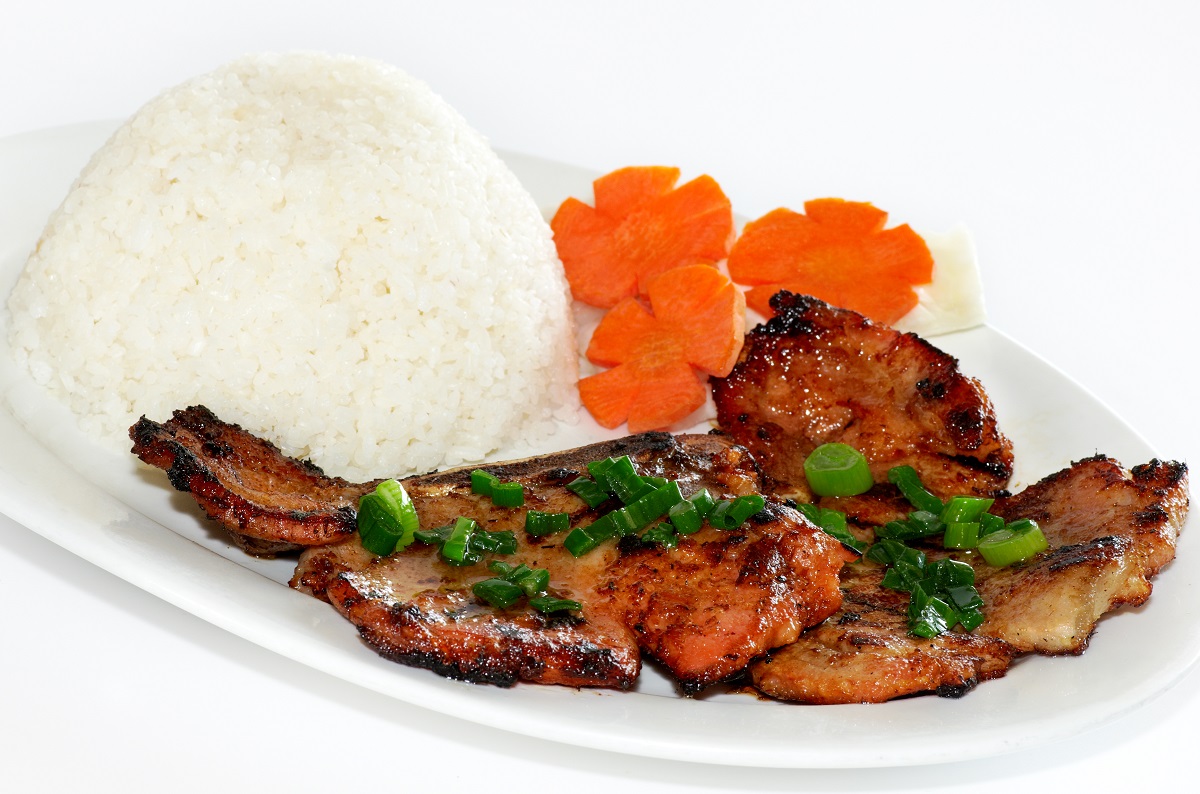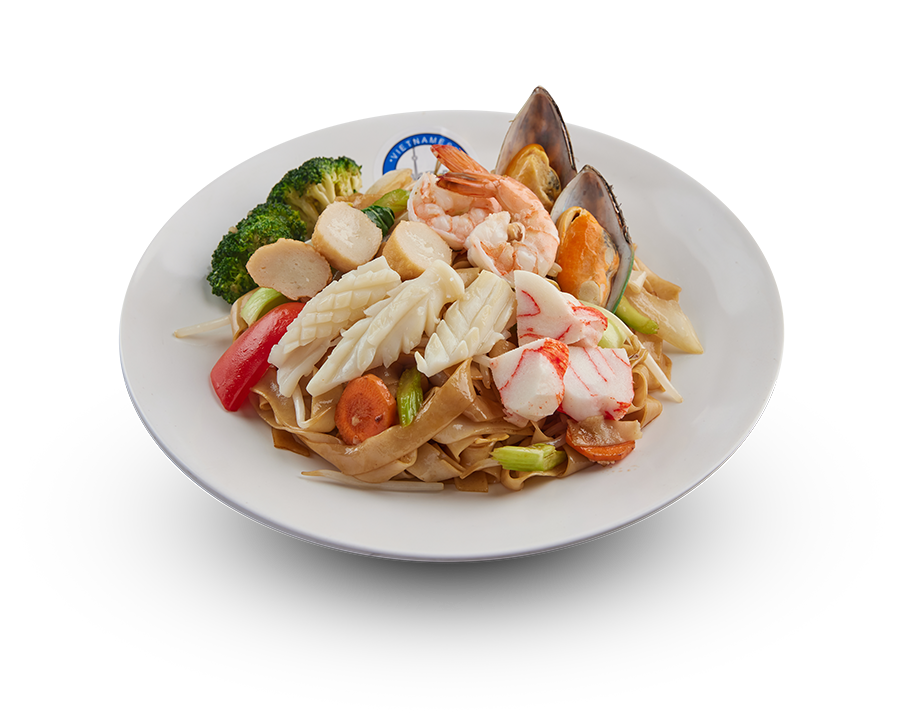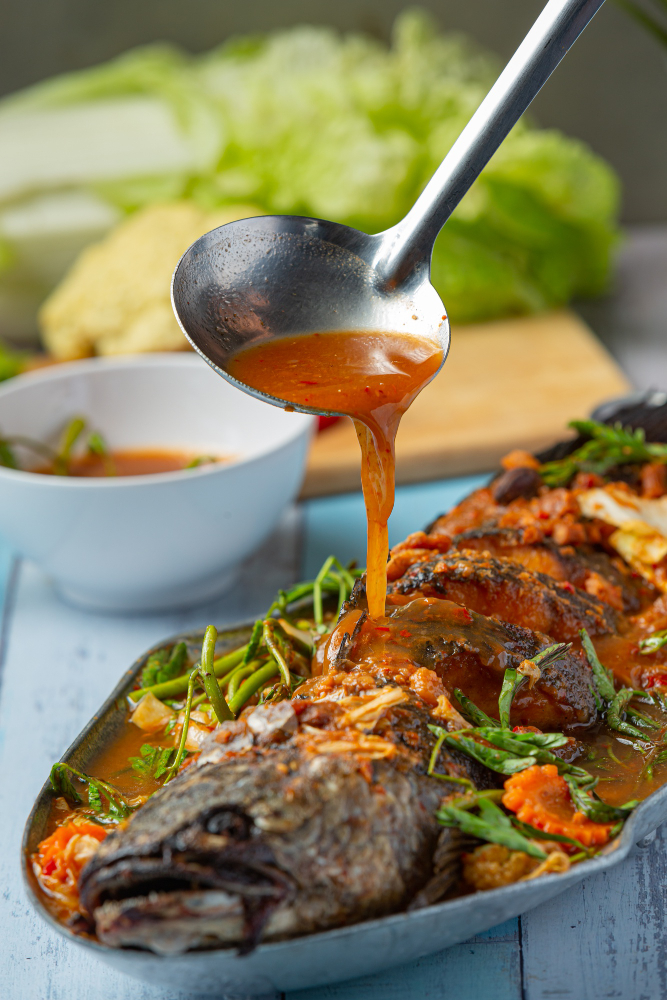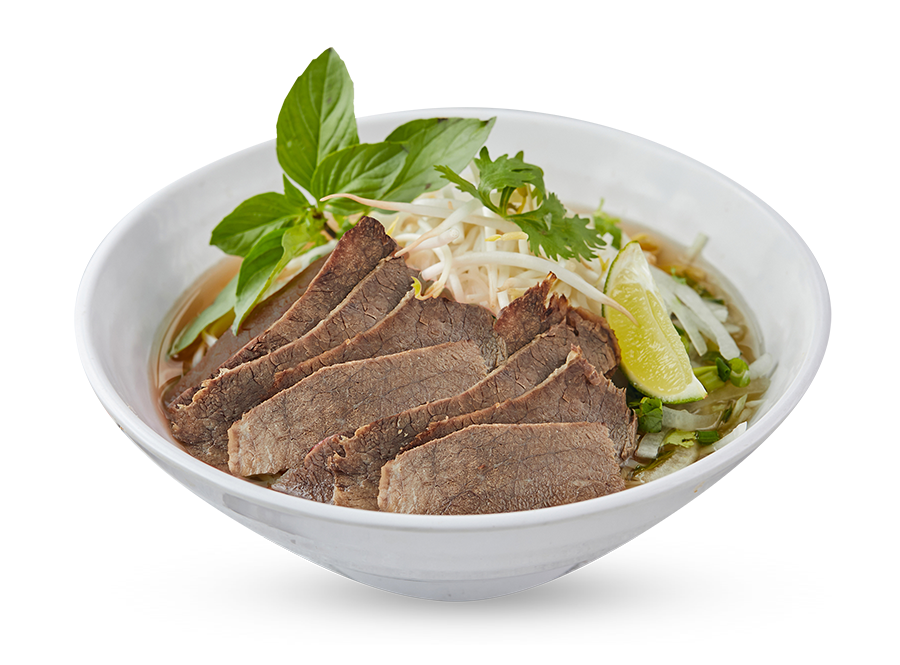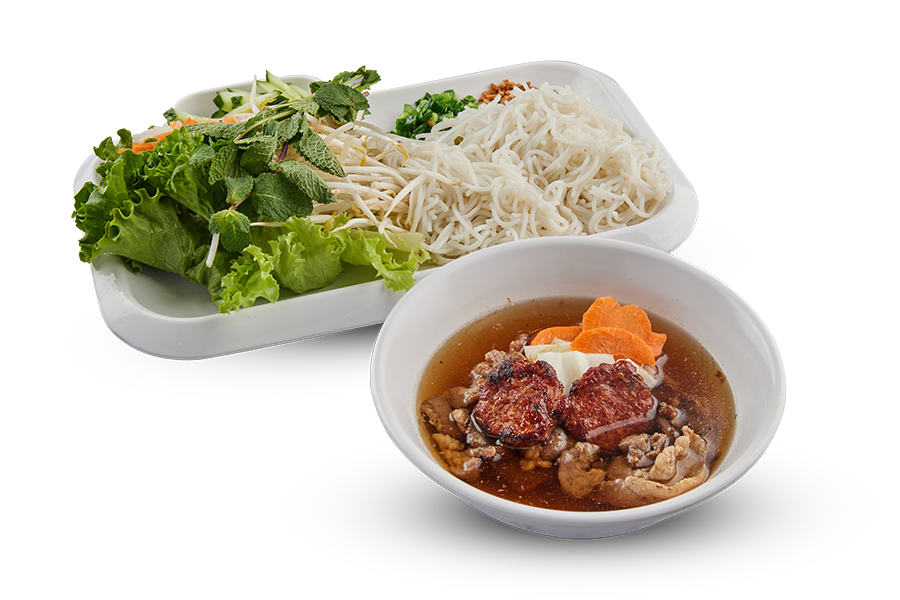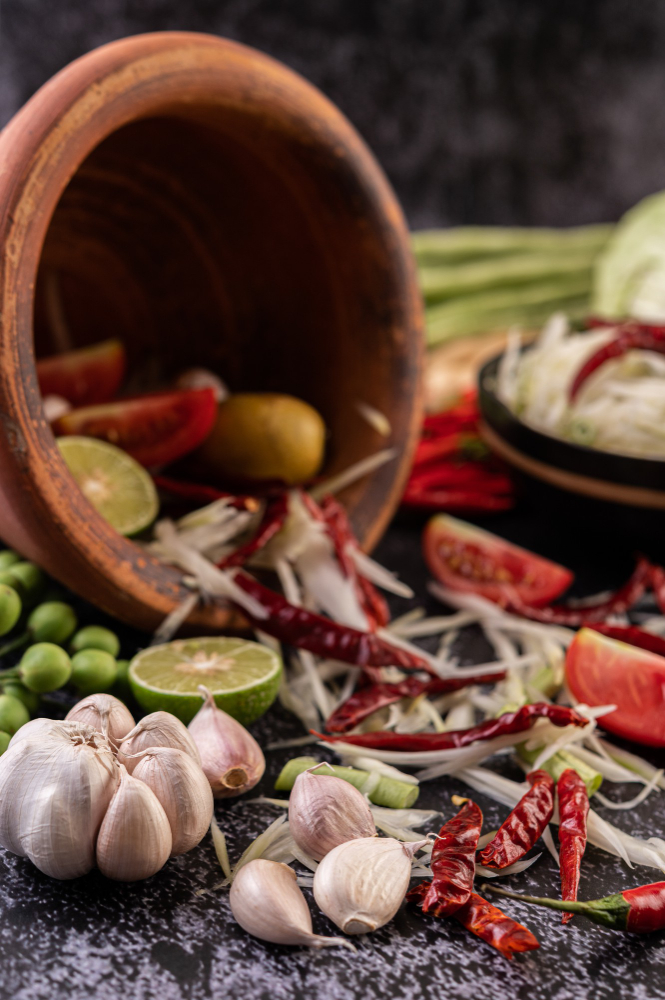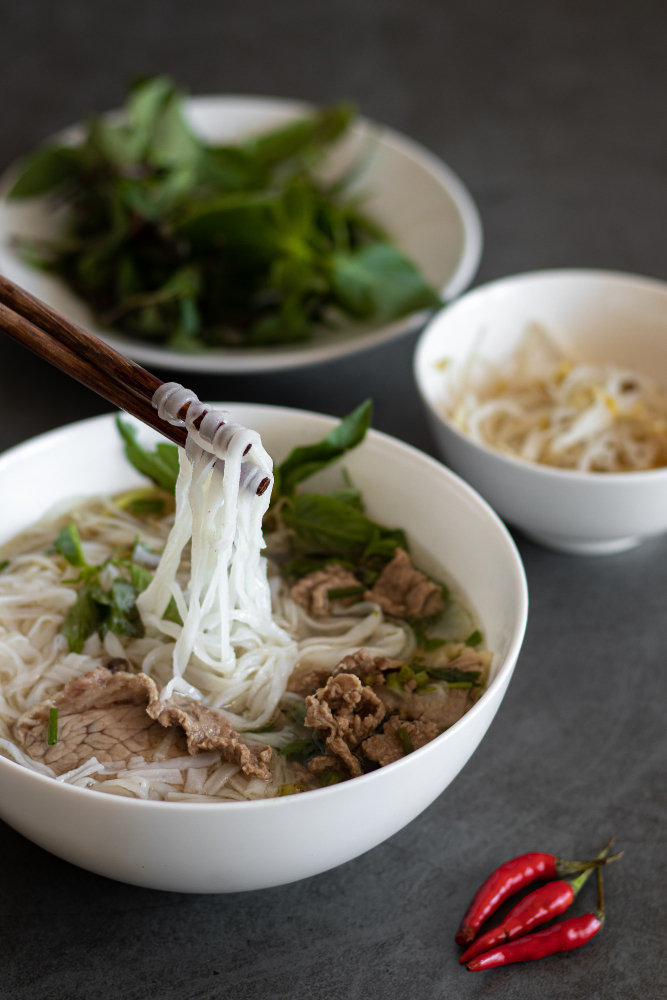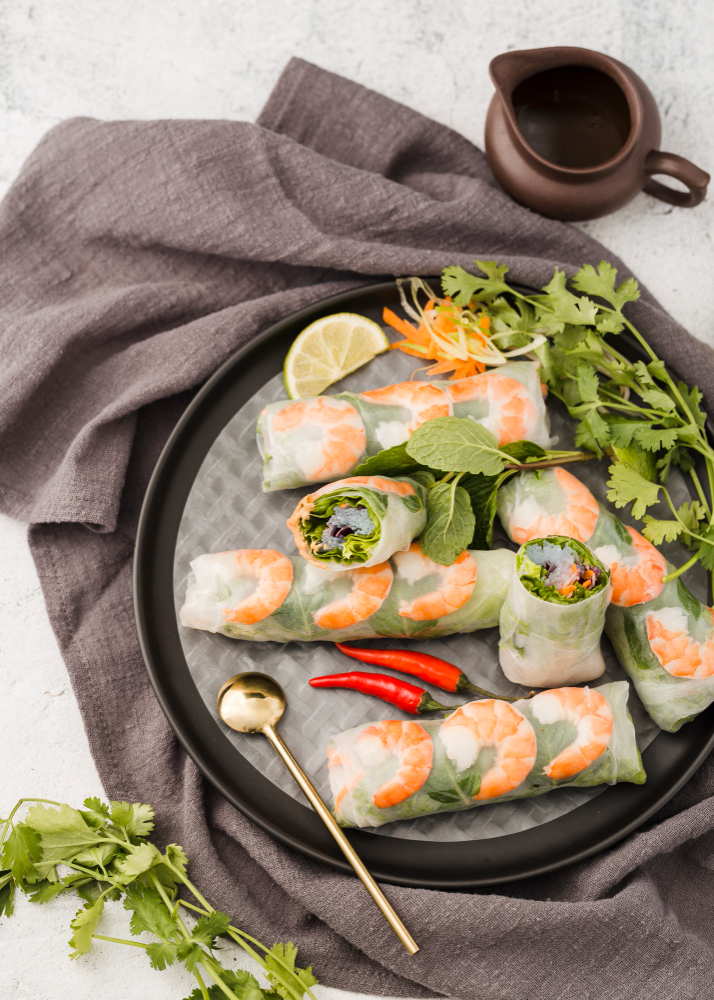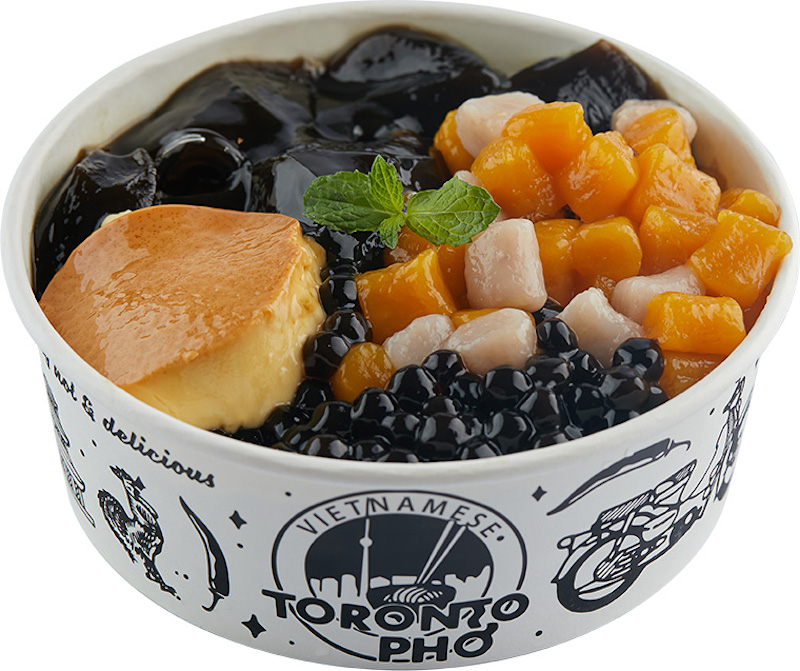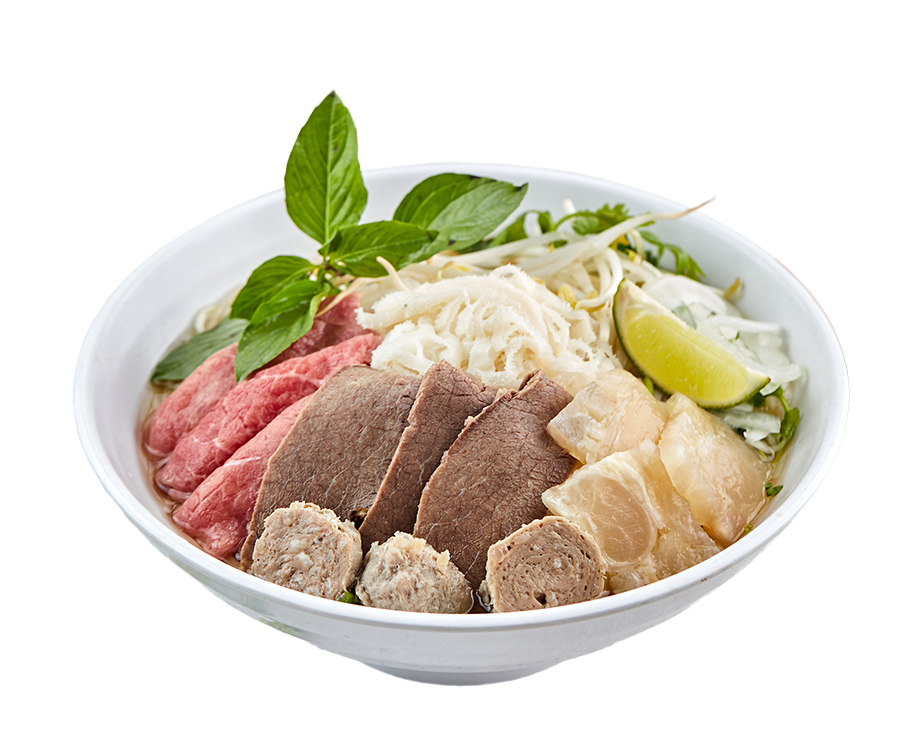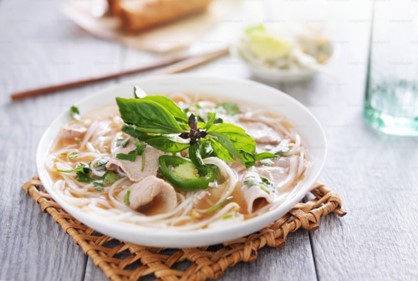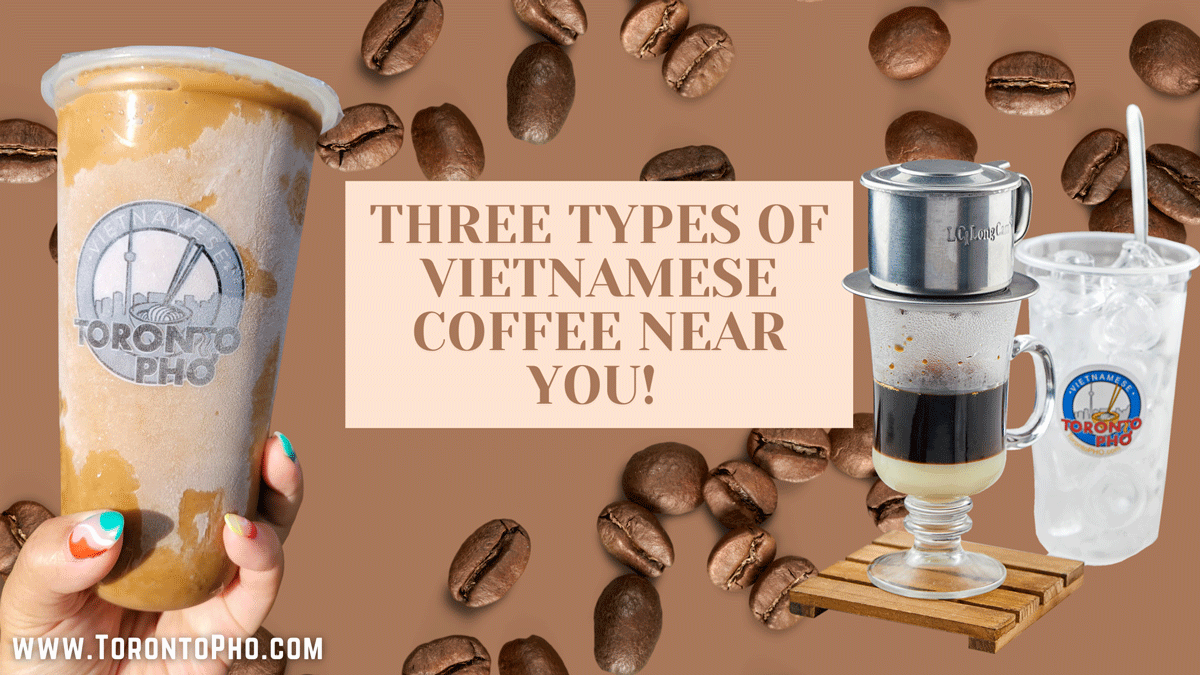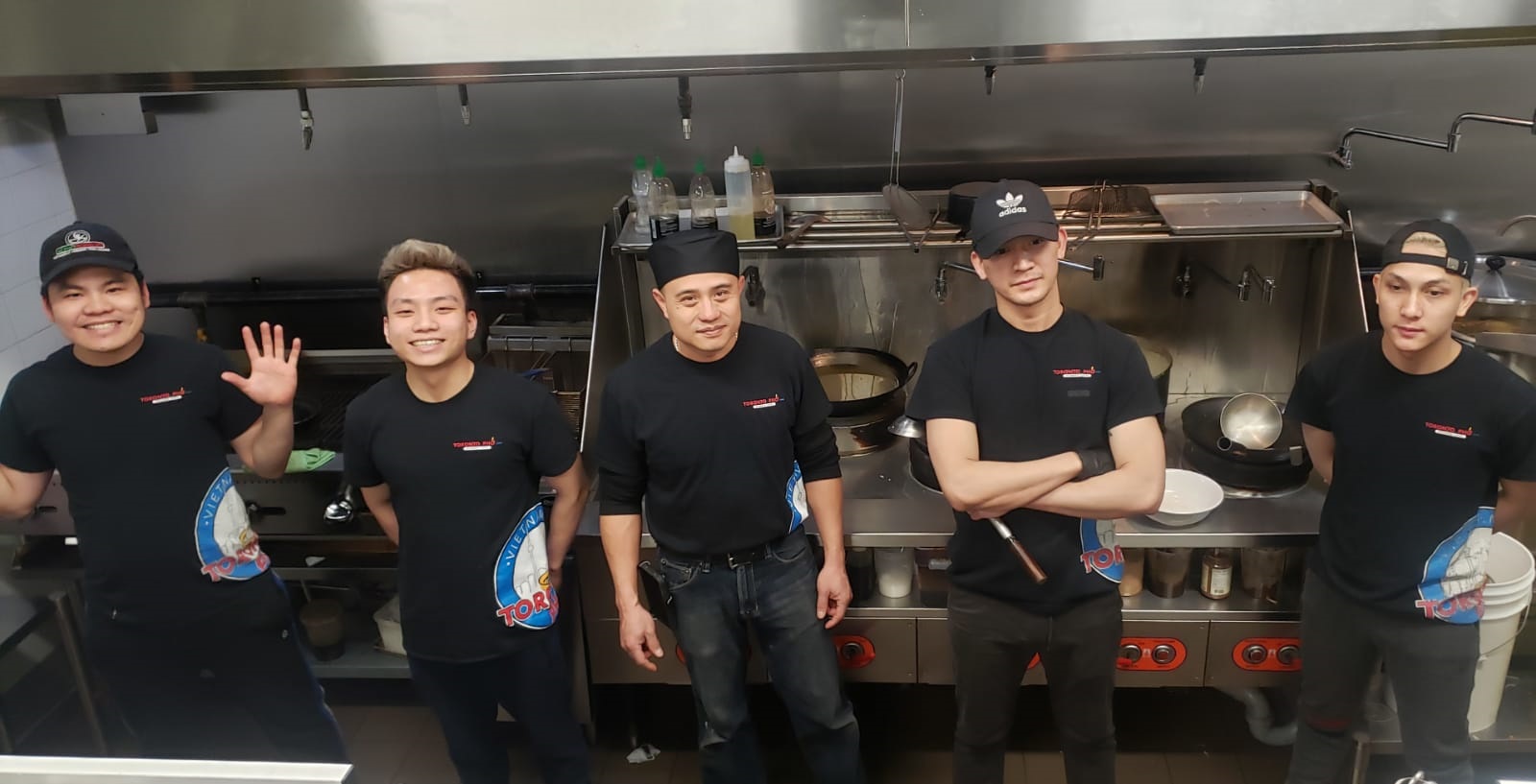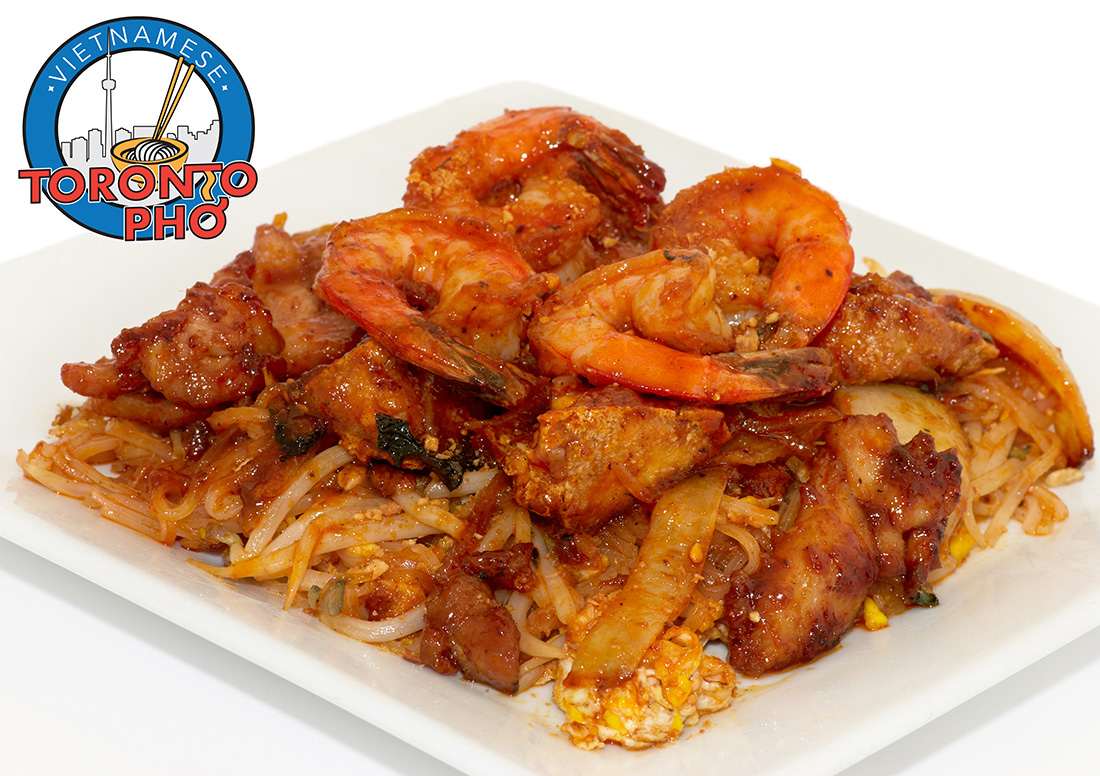
Pad thai is a stir fry rice noodle dish that’s been served as a street food for decades in Vietnam and all across Asia. It is such an integral part of cuisine in this part of the world that you’d find it tough trying to find a restaurant that doesn’t serve it.
When we use pad thai in Vietnam cooking, we use it a little differently than in other cultures sometimes incorporating elements of Vietnamese cuisine such as fish sauce and dried shrimp. Normally, pad thai is made from rehydrating dried rice noodles. These are then stir fried with a variety of ingredients including eggs to start with.
After a pad thai has its eggs and rice noodles all prepped, from there, this is where creativity comes into play. Chopped firm tofu is usually added in, although a chef can use other protein sources. Flavor-wise, there’s at least a dozen ingredients you can use to spice it up. Fish sauce, tamarind pulp, dried shrimp, garlic, red chili peppers, and palm sugar are some favourites to get the pad thai done right. In some cases, pad thai is served with chopped roasted peanuts and served with wedges of lime.
Read more: In Vietnam Cooking, What is Pad Thai Made From – see the Answer!
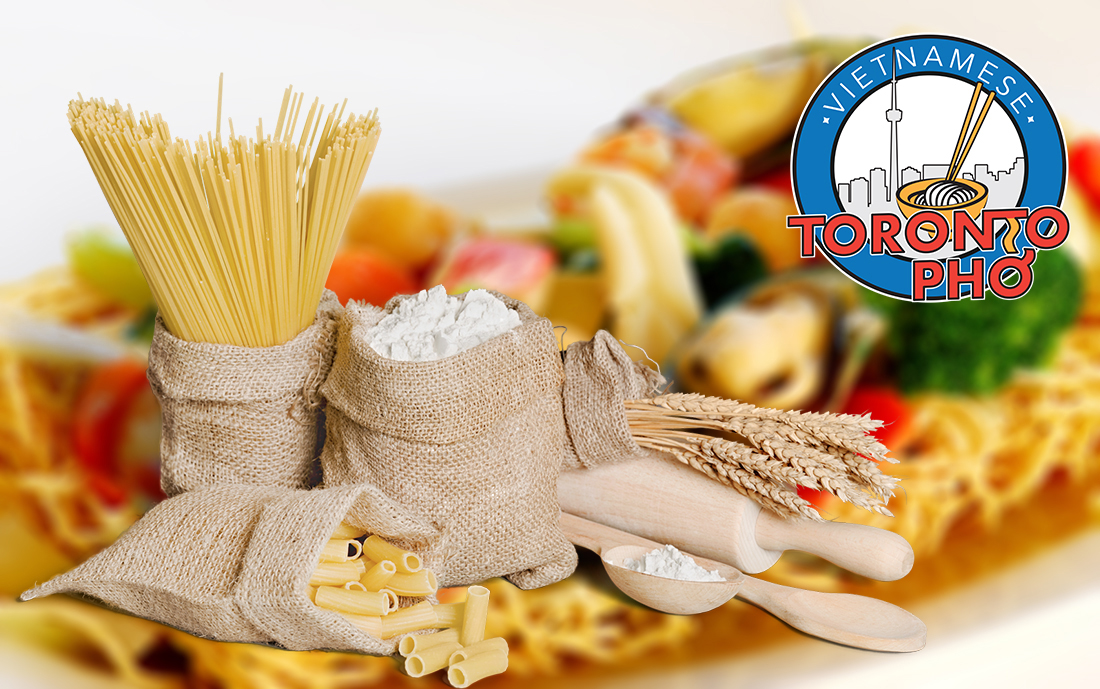
Egg noodles are extremely common in Vietnamese cuisine and used most commonly in stir fry meals. Though many Westerners may be unfamiliar with egg noodles, they’re used in various cuisines across Asian and in some cultures more than any pasta is.
As pasta’s most common to Canadians, we thought it would be interesting to look at the differences between egg noodles and pasta. Like pasta, egg noodles are carb-heavy and the nutrition is similar when comparing the two. Pasta is usually made from a dough derived from wheat, eggs, and water. Alternatively, egg noodles work from a similar base however employ more egg. Thereby, the texture of egg noodles differs and allows them to hold heavy creamy sauces or butter-based sauces.
Nutritious-wise, egg noodles and pasta are virtually identical. 100 grams of dry pasta contain 75 grams of carbs while the same amount of egg noodles contains 71 grams of carbs. Egg noodles are however a little lighter in weight. 100 grams of each contain roughly 3 grams of fiber. The difficulty with egg noodles is that, like pasta, they add carbs. When you eat, you need to be careful of this as too many carbs can lead to chronic health problems which is not what we want. For this reason, as you’ll notice, egg noodles in Vietnamese cooking are used sparingly.
Read more: Why Egg Noodles in Vietnamese Cuisine? See the Differences with Egg v. Pasta
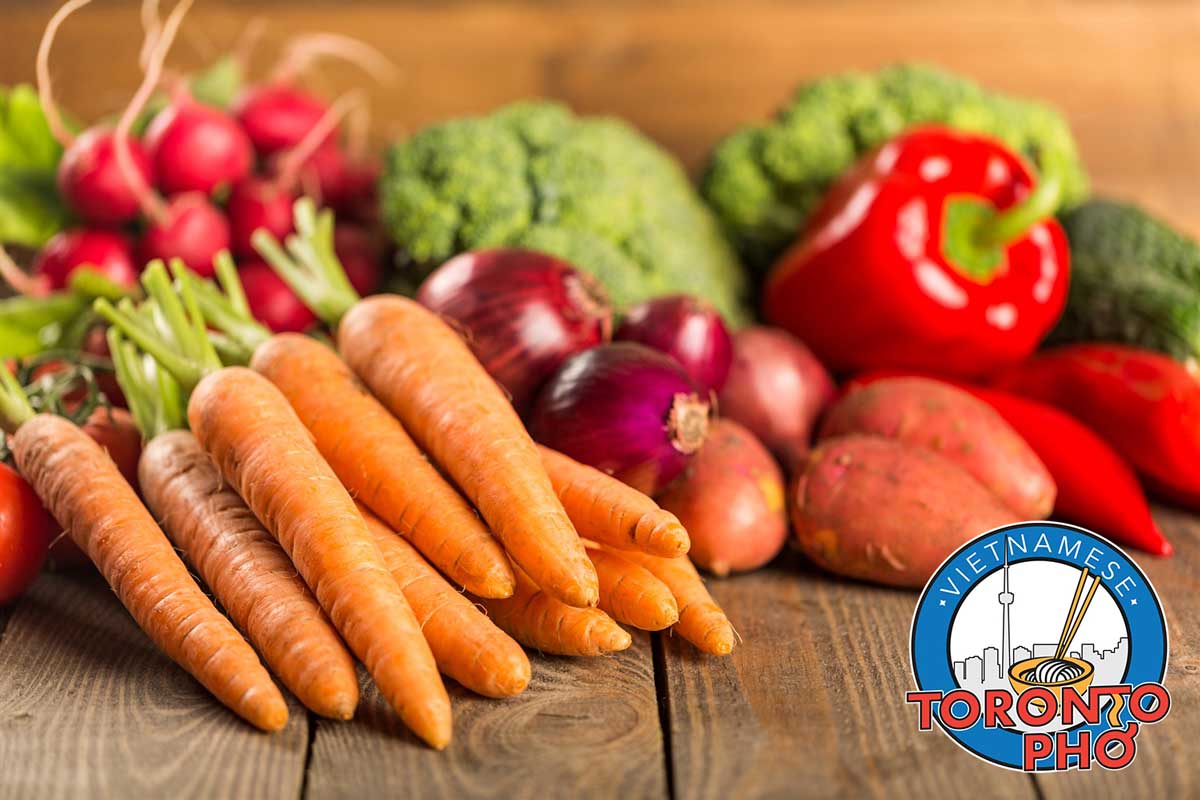
Vegetarian Vietnamese pho is a customized version of the popular dish that’s landed in households from Vietnam all the way to Canada.
Although pho is very nutritious and healthy regardless of what meat is in it, we understand more people are switching to a vegetarian or vegan lifestyle. Answering the call, there are many ways to customize pho according to the veggies you want to have in it. Here are just some of the most popular vegetables in pho, absolutely perfect for a vegetarian version of the dish.
Carrots
Carrots are an excellent choice for a veggie pho because of their taste and nutritional background. In carrots, you have plenty of vitamin A, antioxidants, and other nutrients. They’re very rich in minerals, fibers, and other vitamins as well.
Read more: What Does An All Vegetarian Pho Look Like – See a List of Common Veggies to Add!
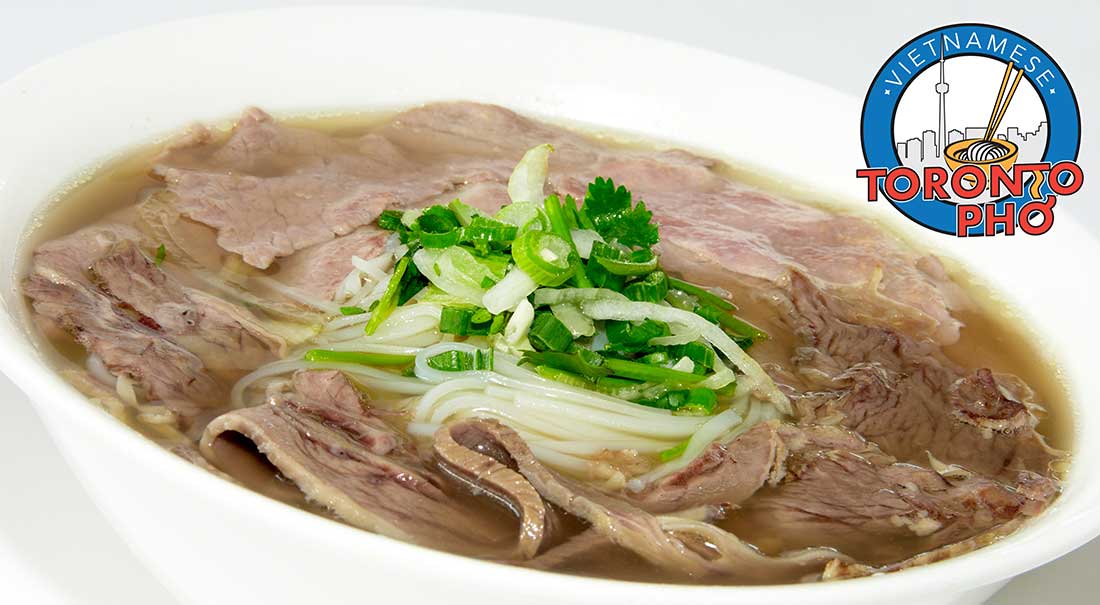
Broth is everything when it comes to pho. Most Vietnamese families, when they think of pho, naturally what comes to mind is beef broth. So much of pho is made from beef-based broth. Regardless of what meat or spices are used, it is the prototype for the dish.
There are several different ways to create beef broth for pho. For example, some prefer leaving the fat intact and skimming the bone afterwards while others make their broth only after eliminating the fat. Although many top chefs and cooks in making a beef broth will pre-roast bones with the mindset that it will create a deeper broth, most Vietnamese chefs will do no roasting and instead, parboil to arrive at a cleaner, healthier end-result.
Read more: See Everything That Goes Into Creating The Perfect Vietnamese Beef Broth
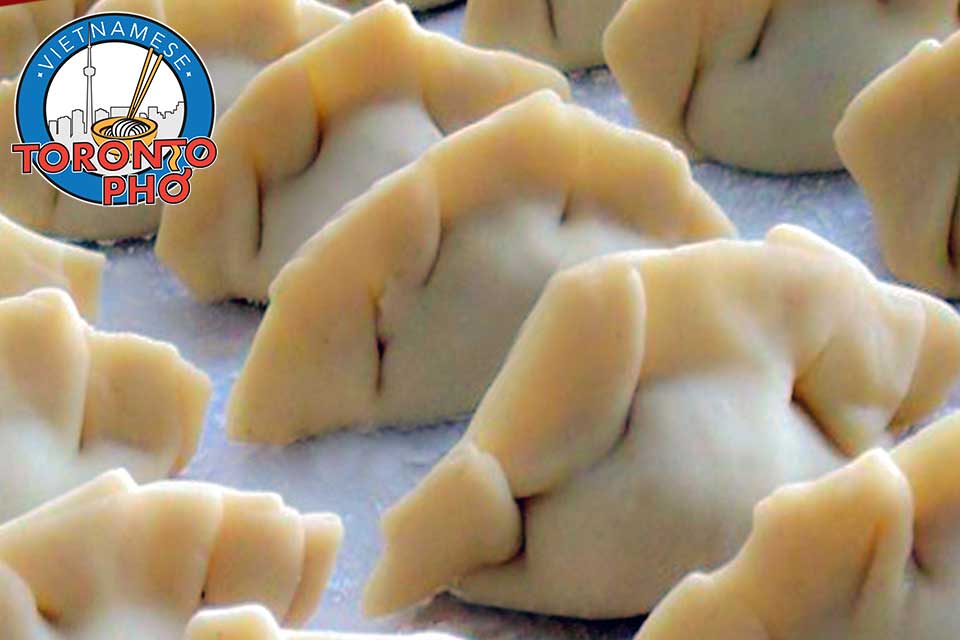
A wonton is an Asian-style dumping you’ll find used in Vietnamese cuisine frequently, pulled originally from Chinese cooking.
To make a wonton wrapper, the basics of the recipes use a combination of eggs, flour, water, and salt to form the dough. Then, on the inside, it is common to add mixtures of things like pork, shrimp, crab, spices, garlic, or green onions.
The history of wontons in Vietnamese cooking goes back centuries. It is believed that wonton originally referred to a kind of Chinese bread known as ‘bing’. The primary difference between bing and wontons is that a wonton has fillings inside, and is generally eaten after it is steamed or boiled.
Over the course of centuries, the concept of a wonton hasn’t really changed very much. It’s a classic Vietnamese or Asian-style appetizer usually included with a wide variety of different choices. With most wonton wrappers, you’ll find they exist in a small square, usually with a 6 cm length. The dough wrapper itself is thin and can sometimes be transparent when it is boiled. It’s made thin so that it takes less time to boil which evidently means if you boil it too much, it could come undone or disintegrate completely.
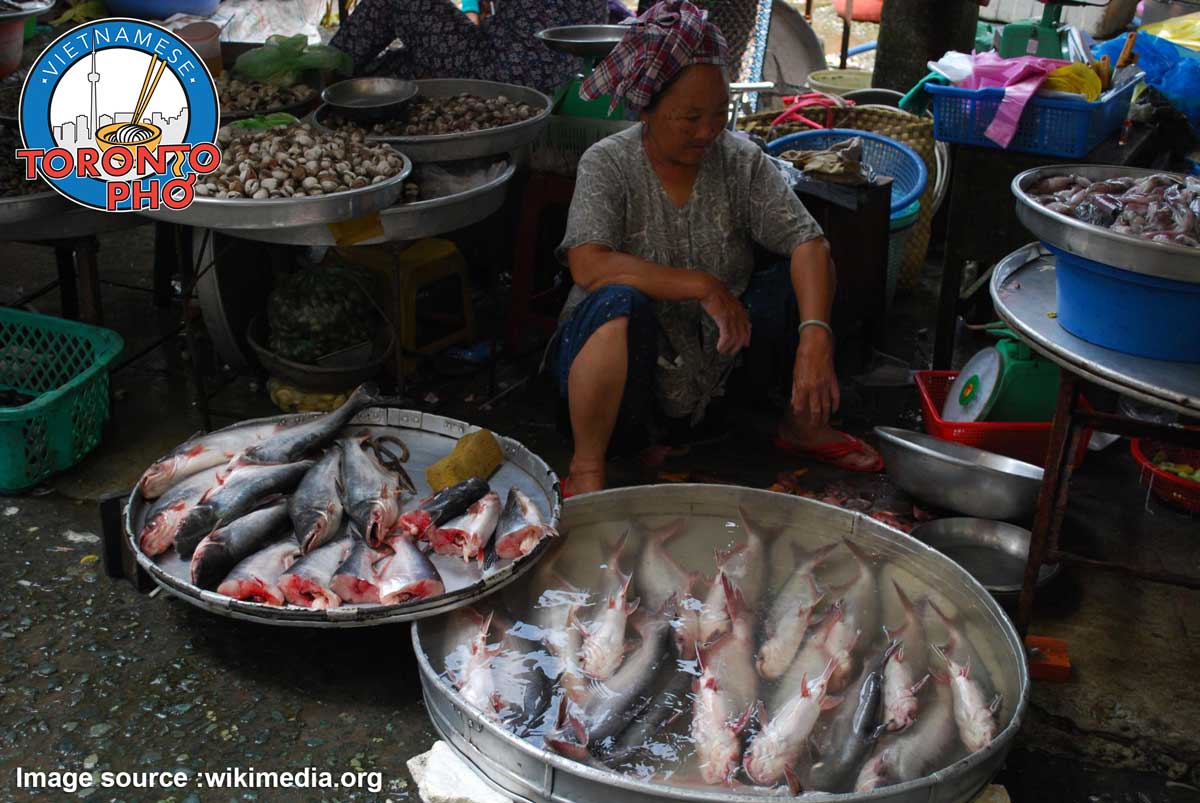
A lot of Vietnamese cooking builds from seafood and fish. Along the coast, the fishing culture’s strong and in Vietnamese cuisine, we have come to find so many uses for this protein source including in sauces, wraps, salads, and phos.
Among the types of fish in Vietnamese eating is basa. A white fish native to Southeast Asia, Vietnamese restaurants love using basa fish because it tastes and is similar in texture to cod and haddock but is more affordable. There has been a lot of misinformation shared about basa fish though. Questions continue about whether it’s safe to eat imported, whether it is healthy or a cheap replacement, and whether basa fish carries any significant health risks. Here’s what researchers know about basa fish and our take on the subject.
Basa fish has gone by many names in Vietnamese cooking, including ‘river cobbler’, ‘pangasius’, ‘Vietnamese cobbler’, and ‘swai’. In a sense, North Americans might recognize it as a sort of catfish native to Asia. Its’ flesh is light and firm, and its flavor is mild. Basa is most commonly eaten boneless as a fillet. They are usually imported from Southeast Asia, fished and packaged from the Mekong and Chao Phraya rivers. Also cheap to grow and harvest, basa fish continues to be in high demand all over the world.
More Articles ...
Page 34 of 45




